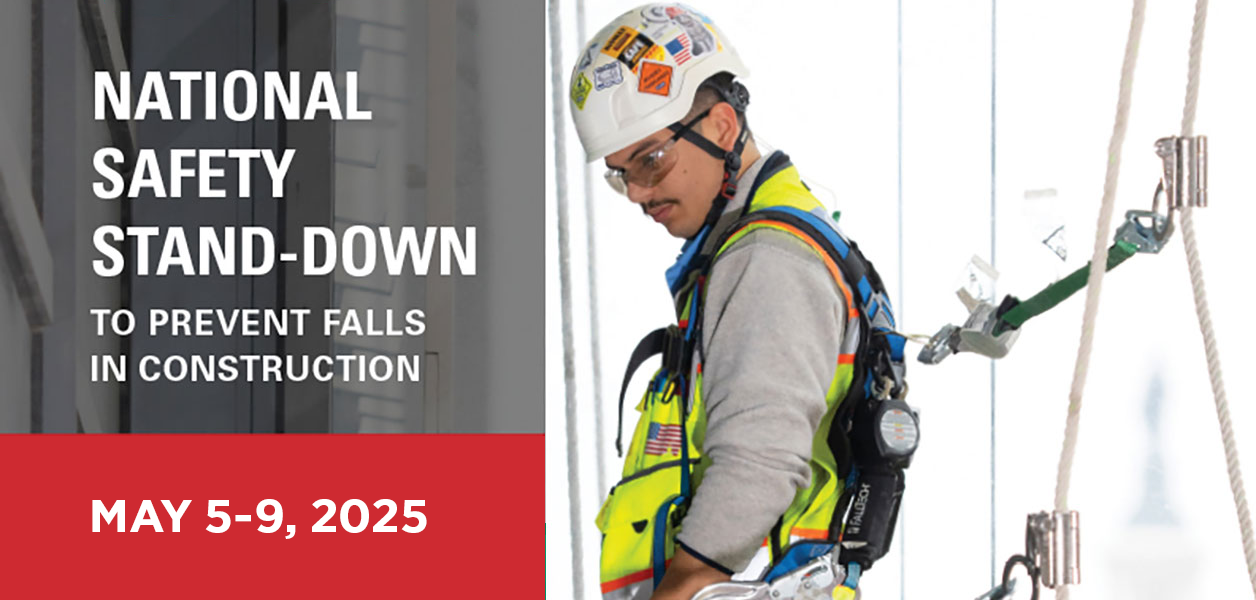Following an analysis of 25 Occupational Safety and Health Administration (OSHA) heat-related illnesses—14 fatal and 11 nonfatal—the Centers for Disease Control and Prevention (CDC) has suggested employers start screening their workers for heat stress when the heat index reaches 85 F instead of the 91 F OSHA currently recommends, according to www.constructiondive.com. Heat stress covers a wide variety of potential illnesses, including life-threatening heatstroke.
The CDC's review was meant to test its own National Institute for Occupational Safety and Health's recommended occupational exposure limits, which consider factors such as levels of heat acclimation, the type of work clothing and worker predisposition to heat illness in a real-world setting. Of the 25 cases analyzed, six fatalities occurred when the heat index was less than 91 F, and four fatalities occurred when the heat index was between 85 F and 90 F.
Heat index screening should be used when the wet bulb globe temperature method is unavailable; the wet bulb globe temperature method measures the heat stress in direct sunlight via temperature, wind speed, humidity, sun and cloud cover.
OSHA recommends employers implement an acclimatization program that gradually gets workers used to being in the heat, provide first aid training, make sure workers drink plenty of fluids and give employees rest breaks in a shaded area.
OSHA also recommends workers and on-site supervisors be trained to recognize the signs of heat stroke and heat exhaustion, as well as how to treat them. For more information regarding heat illness, visit www.osha.gov/heat.





